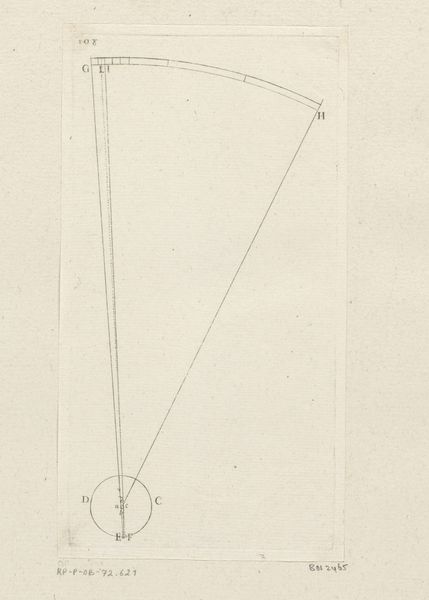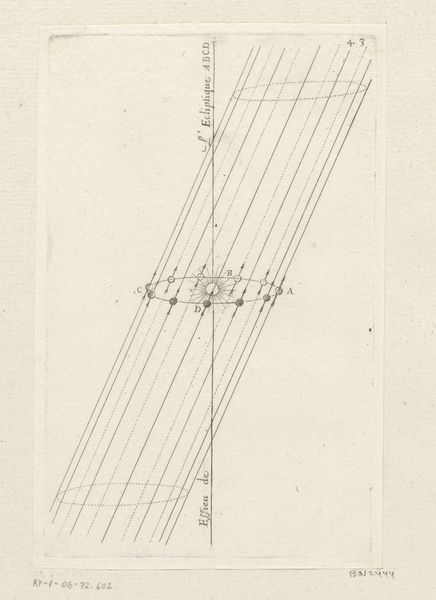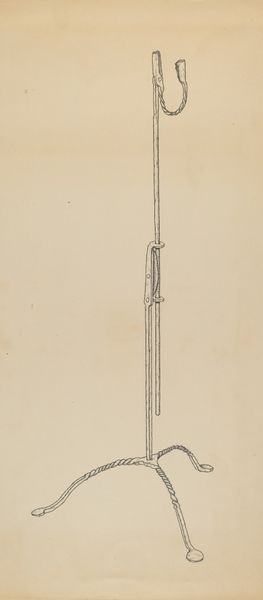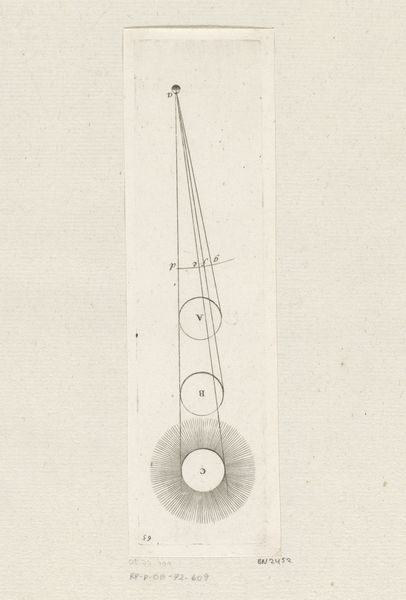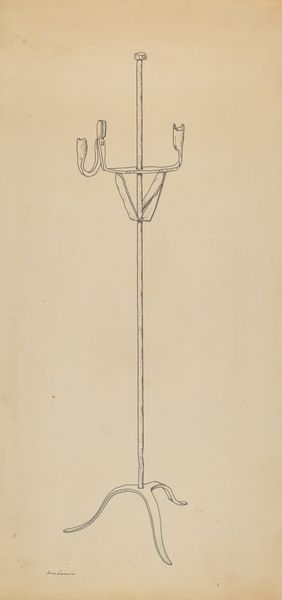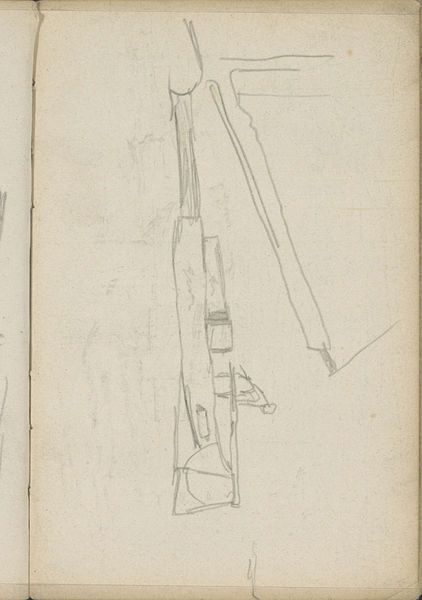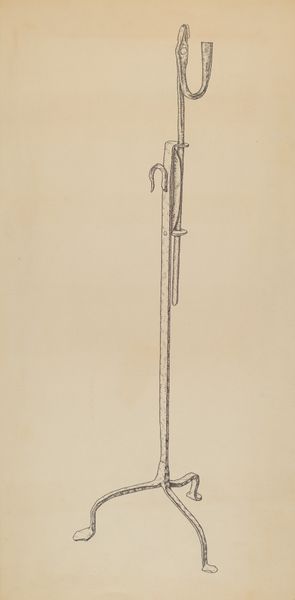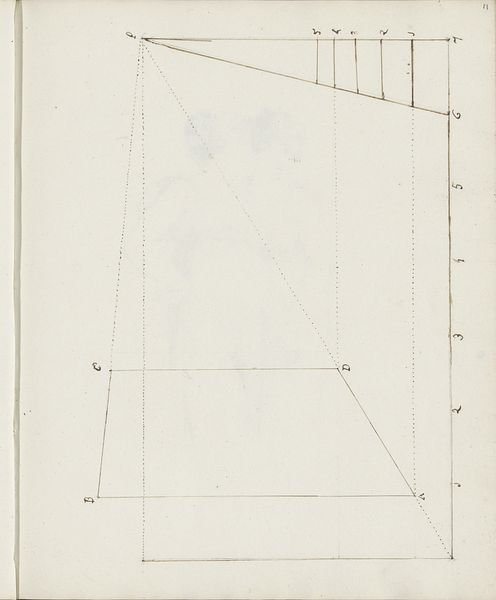
drawing, engraving
#
drawing
#
baroque
#
perspective
#
form
#
geometric
#
technical sketch
#
line
#
engraving
Dimensions: height 170 mm, width 107 mm
Copyright: Rijks Museum: Open Domain
Curator: This drawing, held here at the Rijksmuseum, is entitled "Cilinder met voorstelling van de draaiing van de Aarde," or "Cylinder with a Representation of the Rotation of the Earth," and dates to 1706. Sèbastien Leclerc I created it as an engraving. Editor: Well, my first impression is that it feels like a moment of scientific optimism, that it seeks a harmonious understanding between mathematics, nature, and man. Is this truly about the Earth’s rotation or a celebration of geometrical perfection? Curator: Both, I think. The early 18th century was a time of great scientific advancement and public interest. Leclerc, connected to powerful figures in Paris, engaged in promoting this through images. Prints made these ideas accessible to wider audiences, shaping public perceptions. Editor: I appreciate the democratization of knowledge, but was that knowledge always innocent? Depicting the "natural order" of things has often justified social hierarchies. Does this image tacitly promote a world view where reason reigns supreme, marginalizing other forms of knowing? Curator: That's a crucial point. This image would have appealed to specific elite audiences invested in the scientific project. Perspective itself, visually ordering the world, has political implications; who is granted that viewpoint, who is excluded? We must also acknowledge this. Editor: Right, images don't just reflect; they actively shape understanding. The cold, mathematical style flattens our messy reality into a series of abstract points and lines, like those in this sketch. In that regard, is "progress" accessible, or simply a promise to look forward to? Curator: Definitely, Leclerc's visual language and theoretical precision need situating in their time. This "technical sketch" provided not only understanding but authority; for viewers able to decipher these graphic geometries, it represented both intellectual access and belonging to a learned class. Editor: Reflecting on it, seeing this artwork requires an interrogation of power—it calls for deconstructing whose perspective we're viewing and to ask who or what benefits. Curator: Agreed. Viewing through a critical lens allows for fuller contextual insight into Leclerc’s cylinder. It provides a means to navigate the nuances that still challenge the ways images mediate scientific understanding today.
Comments
No comments
Be the first to comment and join the conversation on the ultimate creative platform.
